Growth of Social Commerce
The growth of social commerce is reshaping the E-Commerce Market by integrating shopping experiences with social media platforms. As consumers increasingly turn to social media for product discovery, businesses are capitalizing on this trend by utilizing platforms like Instagram and Facebook to showcase their products. Recent statistics reveal that nearly 30% of consumers have made purchases directly through social media channels, indicating a shift in how shopping is conducted. This integration allows for seamless transitions from browsing to purchasing, enhancing the overall shopping experience. Furthermore, social commerce enables brands to engage with their audience in real-time, fostering a sense of community and loyalty. As this trend continues to evolve, the E-Commerce Market is likely to see a significant increase in sales driven by social media interactions.
Expansion of Internet Access
The expansion of internet access plays a pivotal role in the E-Commerce Market. As more individuals gain access to the internet, the potential customer base for online retailers increases significantly. According to recent data, approximately 60% of the world's population now uses the internet, which translates to billions of potential online shoppers. This surge in connectivity is particularly pronounced in developing regions, where mobile internet access is becoming increasingly prevalent. Consequently, businesses in the E-Commerce Market are likely to experience heightened demand as they cater to a broader audience. Furthermore, improved internet infrastructure facilitates smoother online transactions, enhancing the overall shopping experience. This trend suggests that the E-Commerce Market will continue to thrive as internet penetration expands, allowing retailers to reach previously untapped markets.
Advancements in Payment Technologies
Advancements in payment technologies are transforming the E-Commerce Market by providing consumers with more secure and convenient payment options. The rise of digital wallets, contactless payments, and cryptocurrency transactions has reshaped how consumers engage with online shopping. Data indicates that nearly 50% of online shoppers prefer using digital wallets for their transactions, highlighting a shift towards more efficient payment methods. These innovations not only enhance the customer experience but also reduce cart abandonment rates, which have been a persistent challenge in the E-Commerce Market. As payment technologies continue to evolve, businesses that adopt these solutions are likely to gain a competitive edge, attracting tech-savvy consumers who prioritize convenience and security in their online shopping experiences.
Sustainability and Ethical Consumerism
Sustainability and ethical consumerism are becoming increasingly prominent in the E-Commerce Market. As consumers grow more conscious of their environmental impact, they are seeking out brands that prioritize sustainable practices. Data suggests that approximately 70% of consumers are willing to pay more for products from environmentally responsible companies. This shift in consumer behavior is prompting businesses to adopt sustainable practices, such as eco-friendly packaging and ethical sourcing. By aligning their operations with consumer values, companies in the E-Commerce Market can differentiate themselves and attract a loyal customer base. Moreover, as sustainability becomes a key purchasing criterion, businesses that fail to adapt may find themselves at a competitive disadvantage. The emphasis on sustainability is likely to shape the future of the E-Commerce Market, driving innovation and responsible business practices.
Personalization and Customer Experience
Personalization and customer experience are increasingly becoming focal points in the E-Commerce Market. Retailers are leveraging data analytics and artificial intelligence to tailor shopping experiences to individual preferences. This trend is evidenced by the fact that personalized recommendations can lead to a 20% increase in sales for online retailers. By analyzing consumer behavior and preferences, businesses can create targeted marketing strategies that resonate with their audience. Moreover, enhancing customer experience through user-friendly interfaces and responsive customer service is essential for retaining customers in a competitive landscape. As consumers become accustomed to personalized interactions, the E-Commerce Market must adapt to meet these expectations, ensuring that businesses remain relevant and appealing to their target demographics.
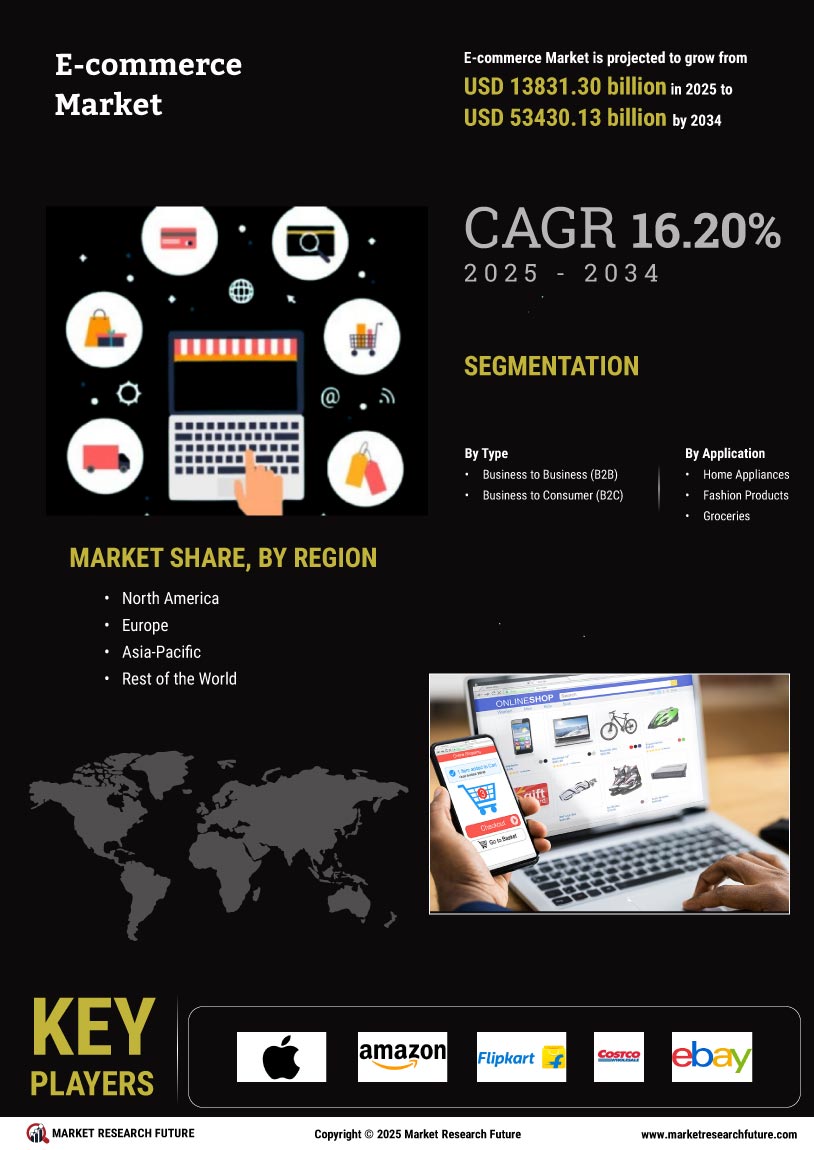


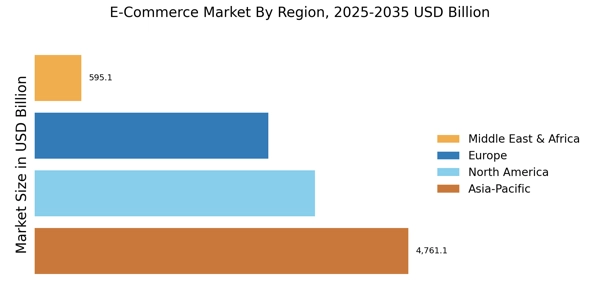


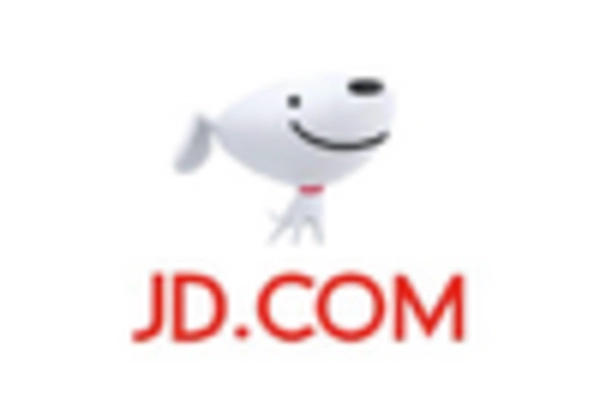
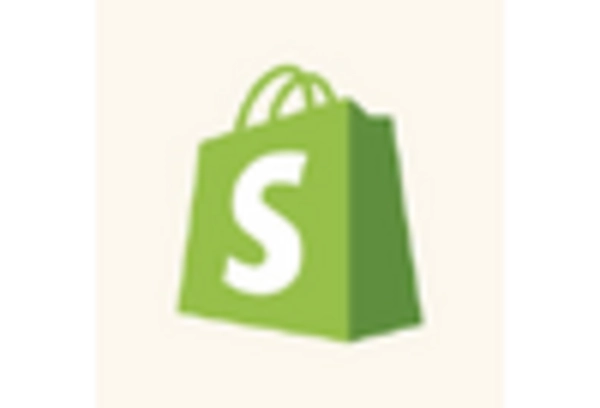

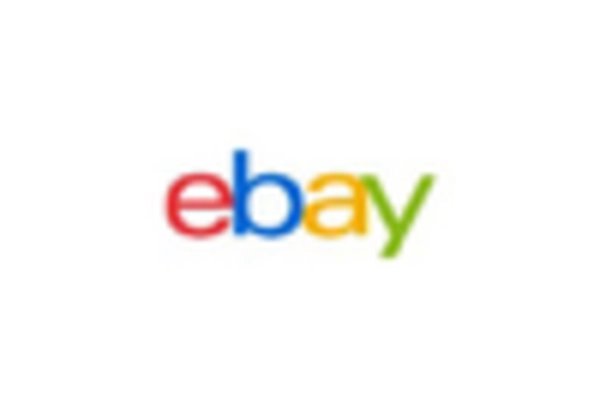








Leave a Comment